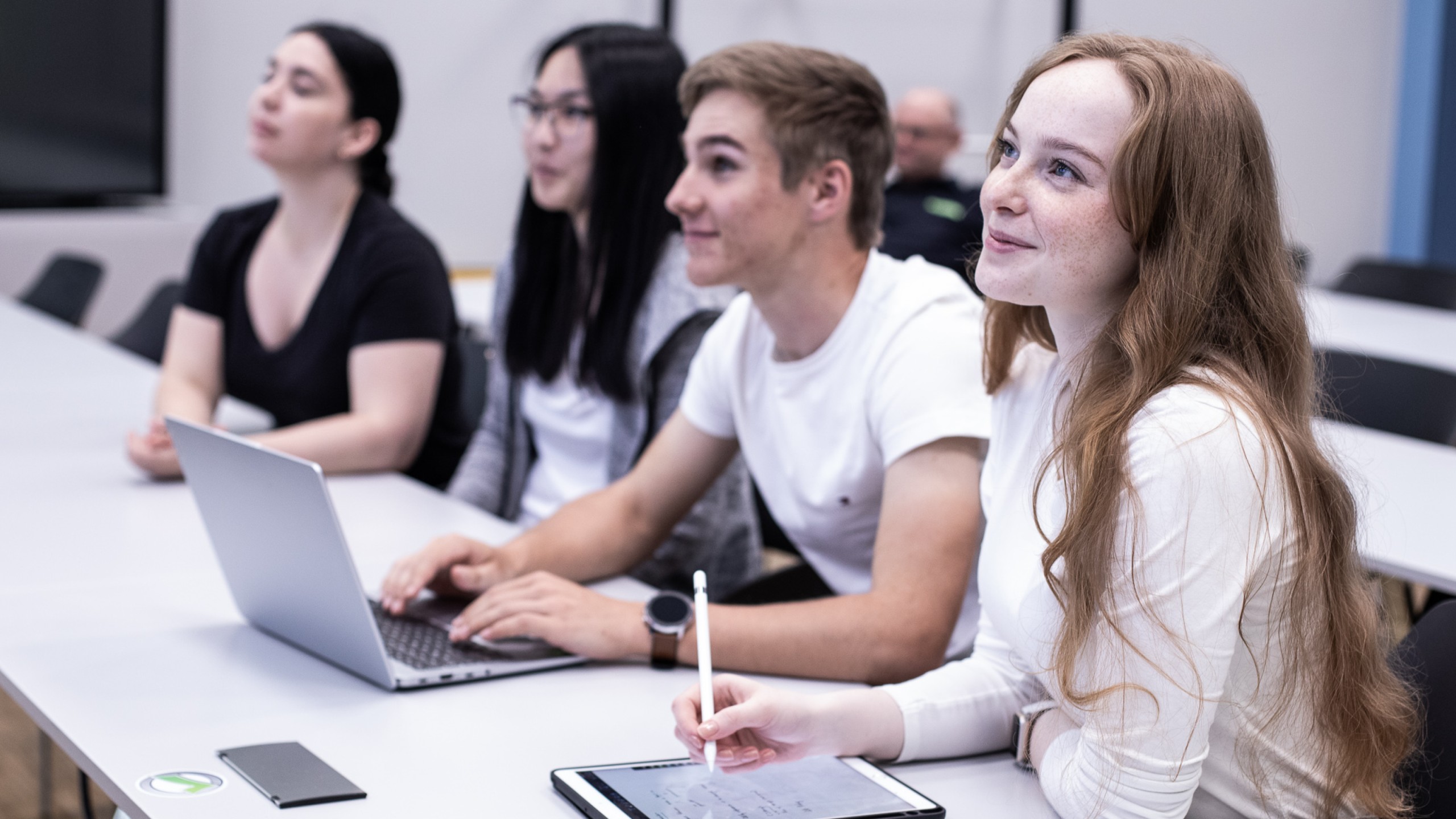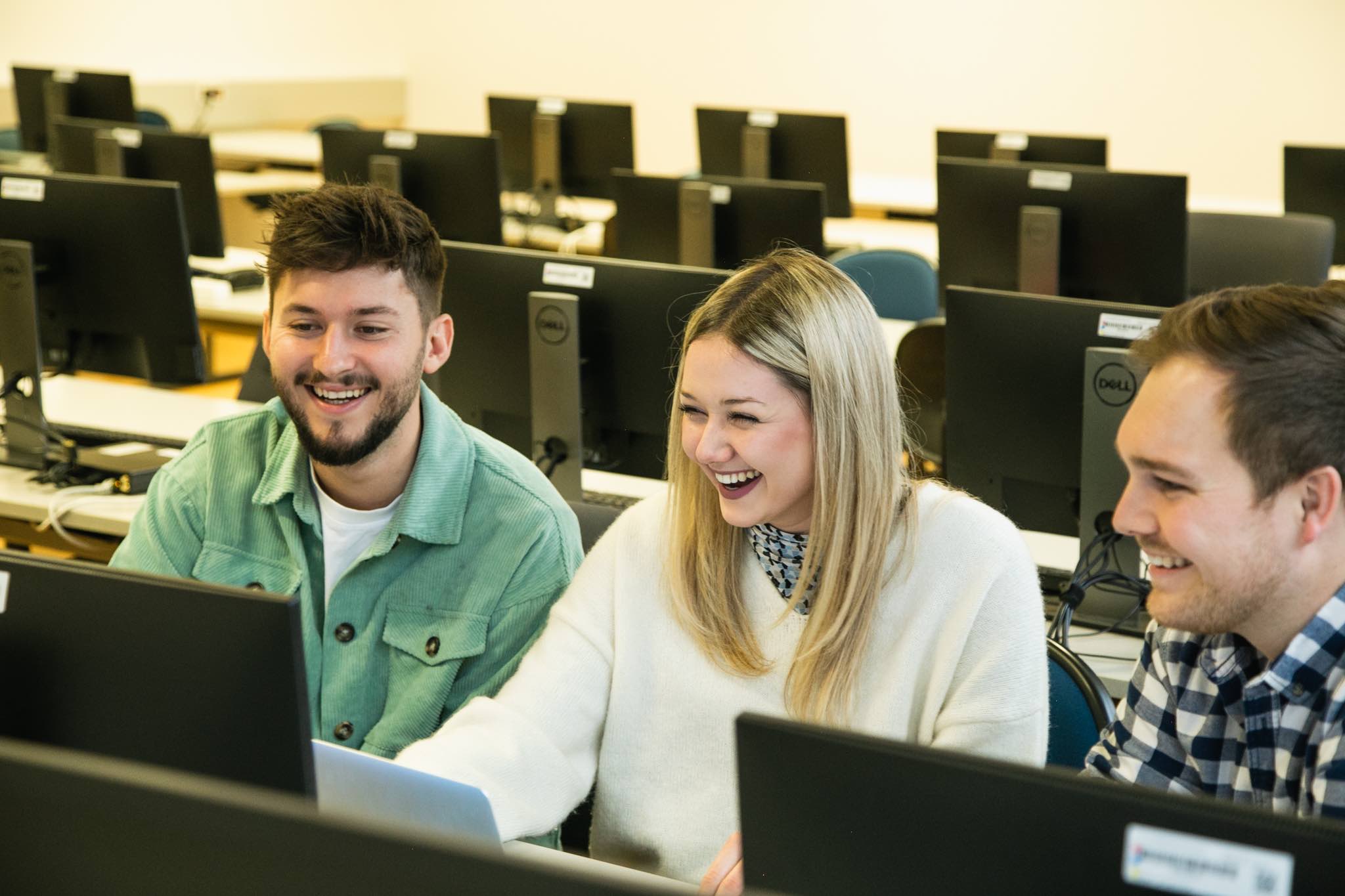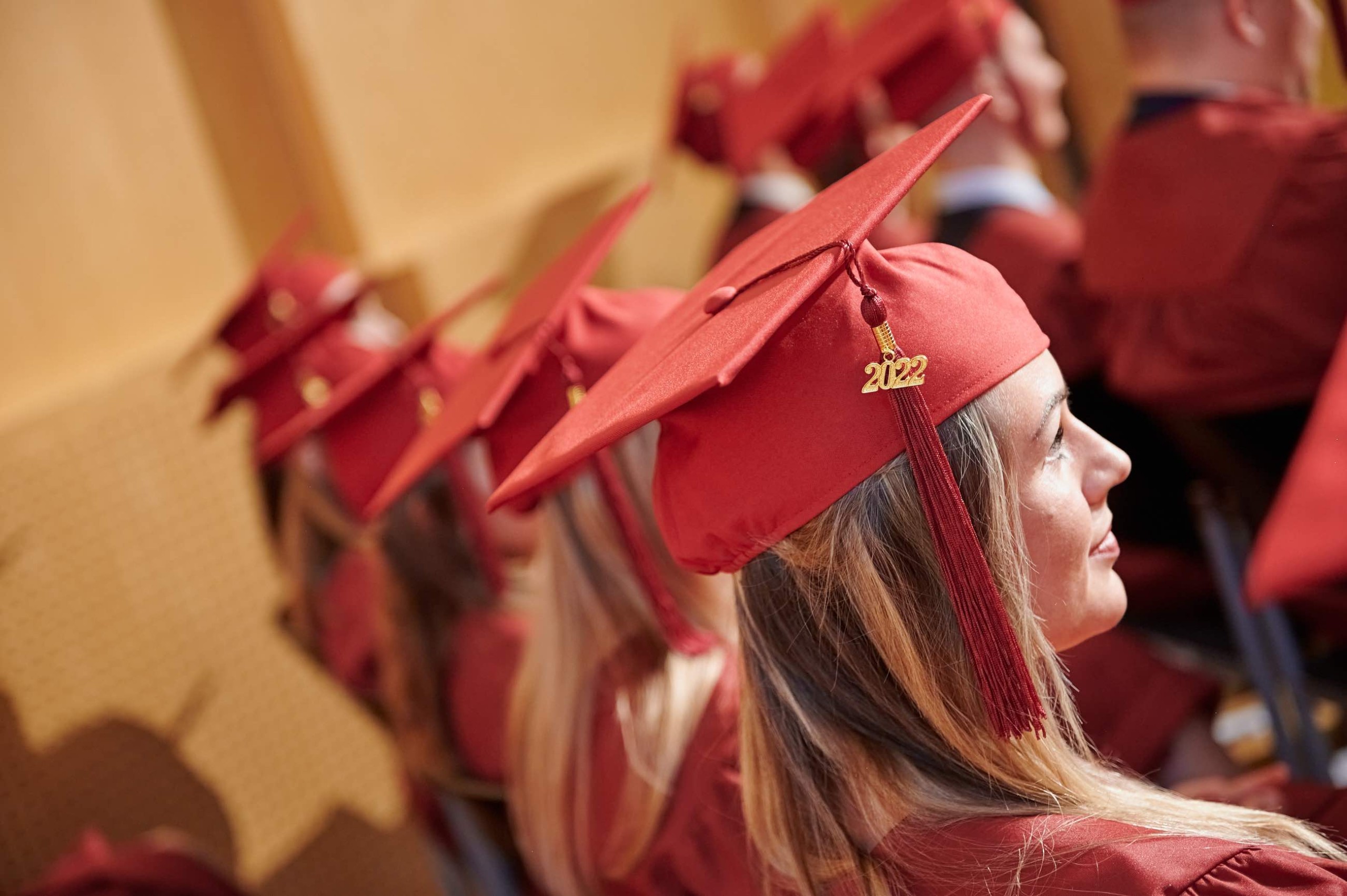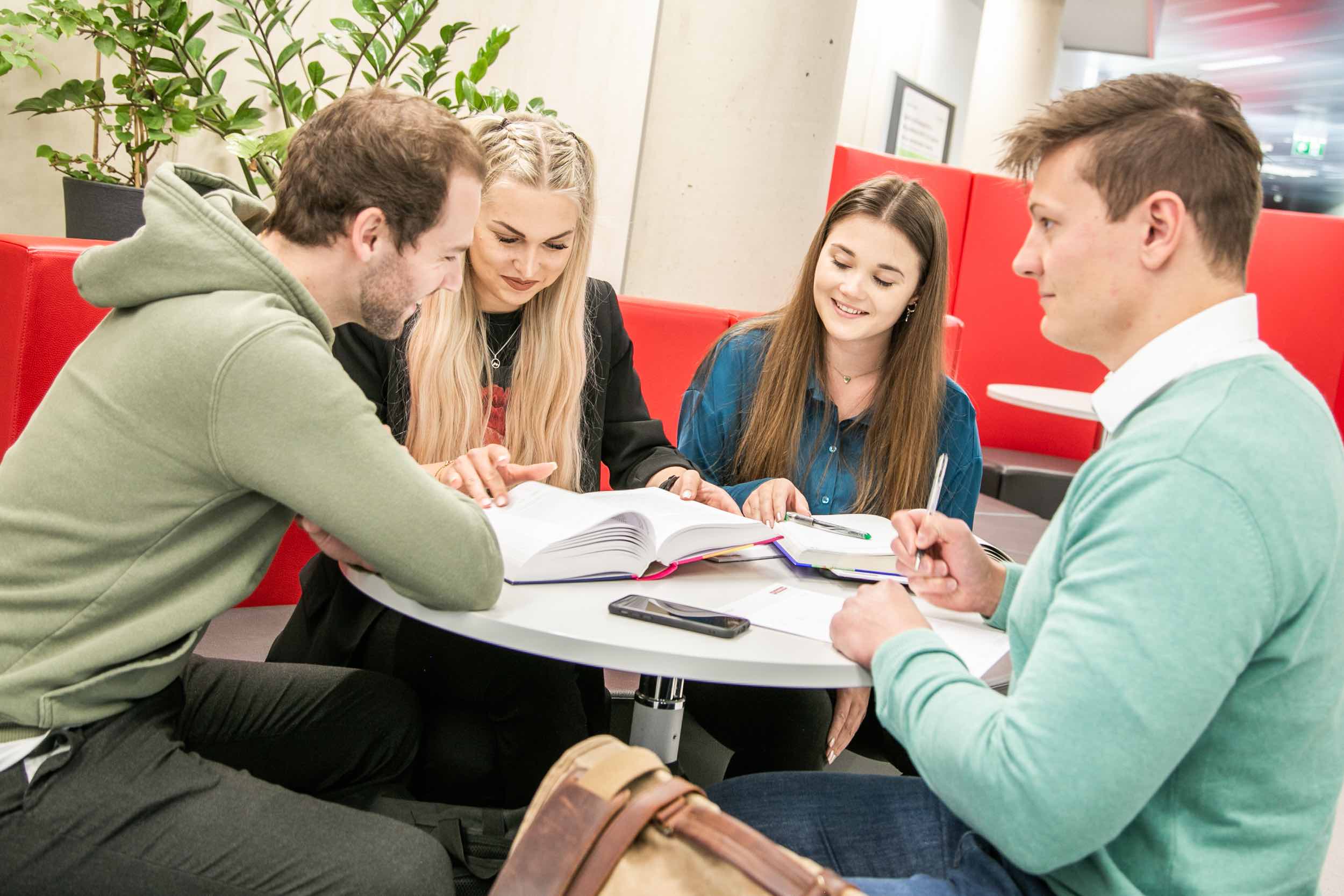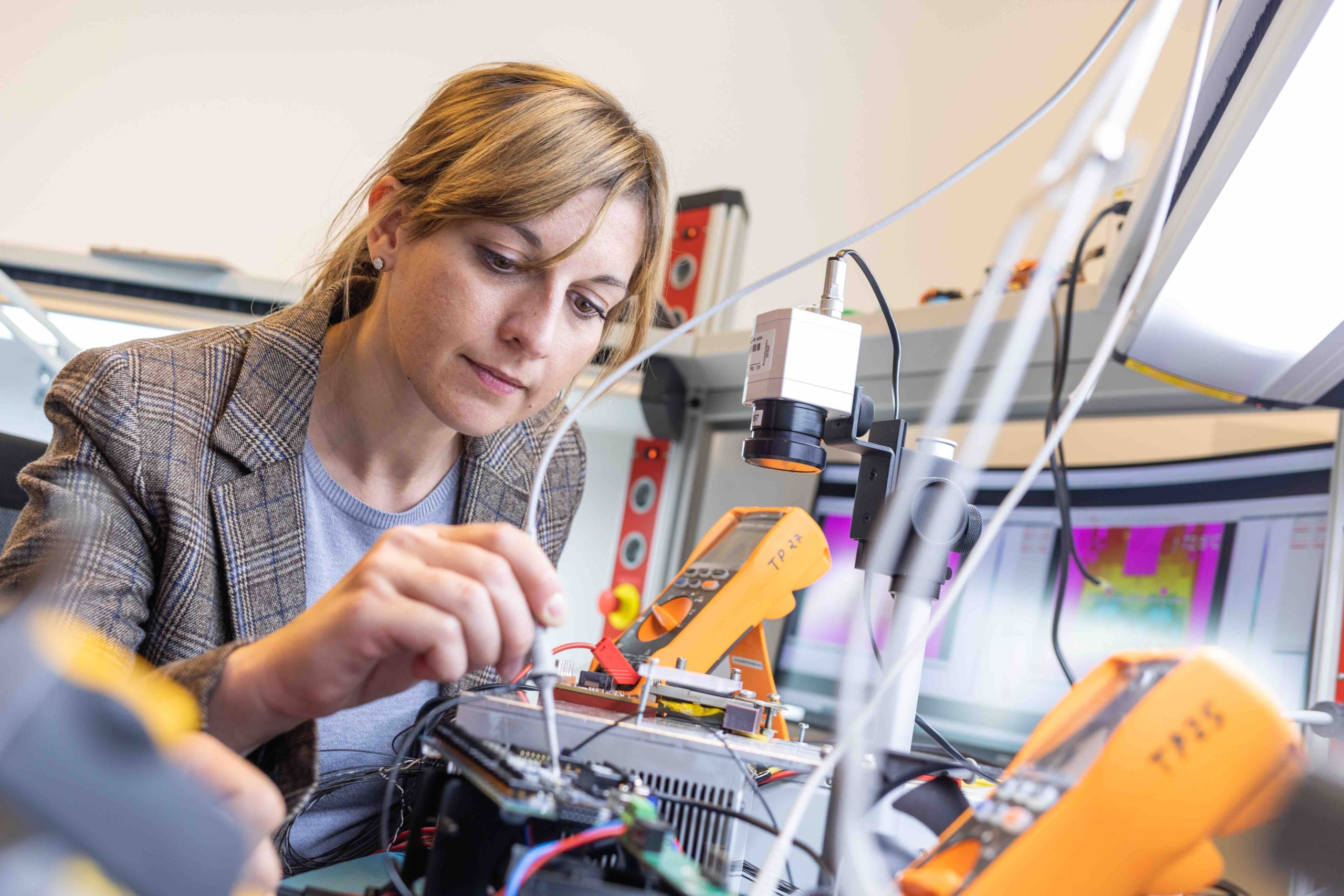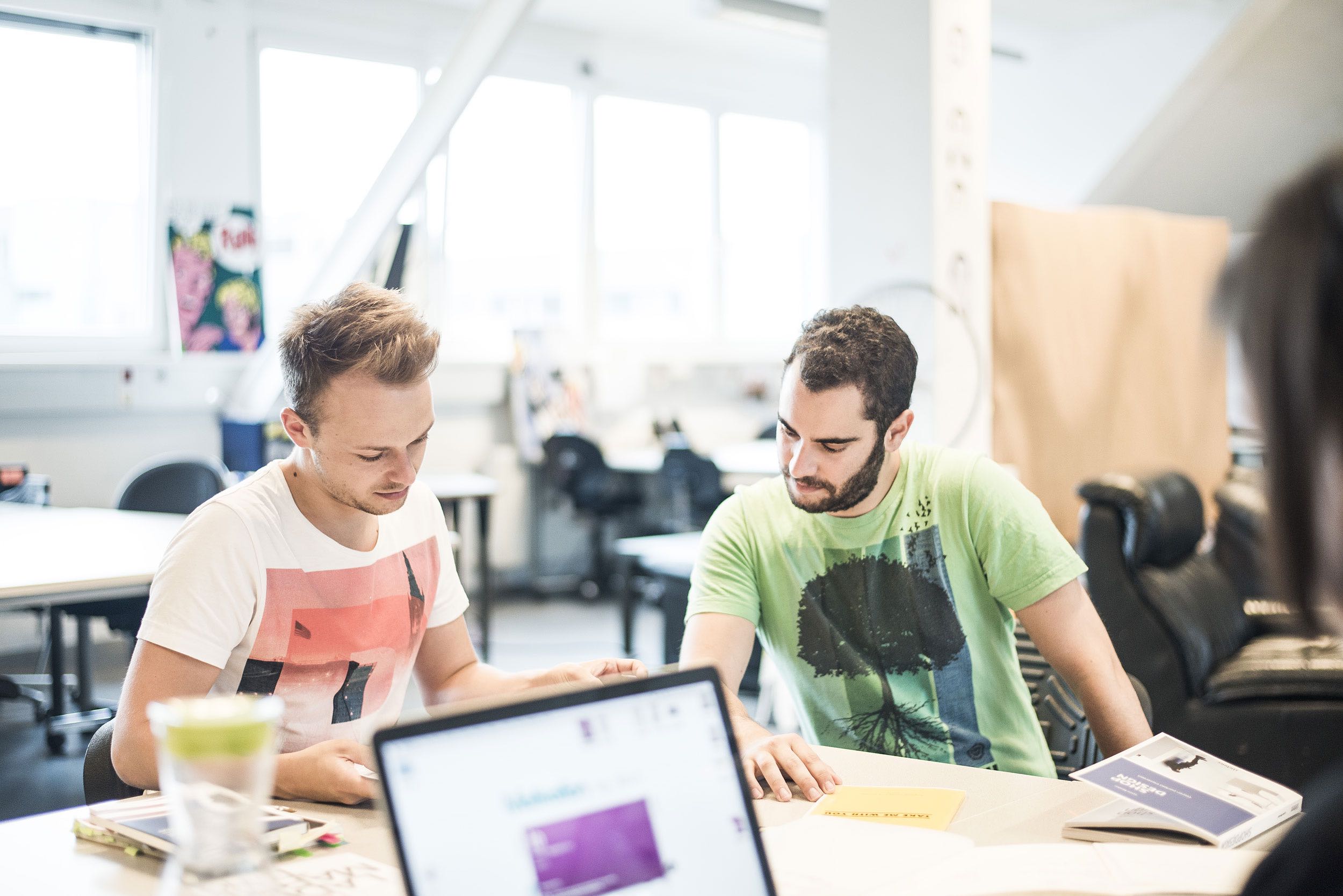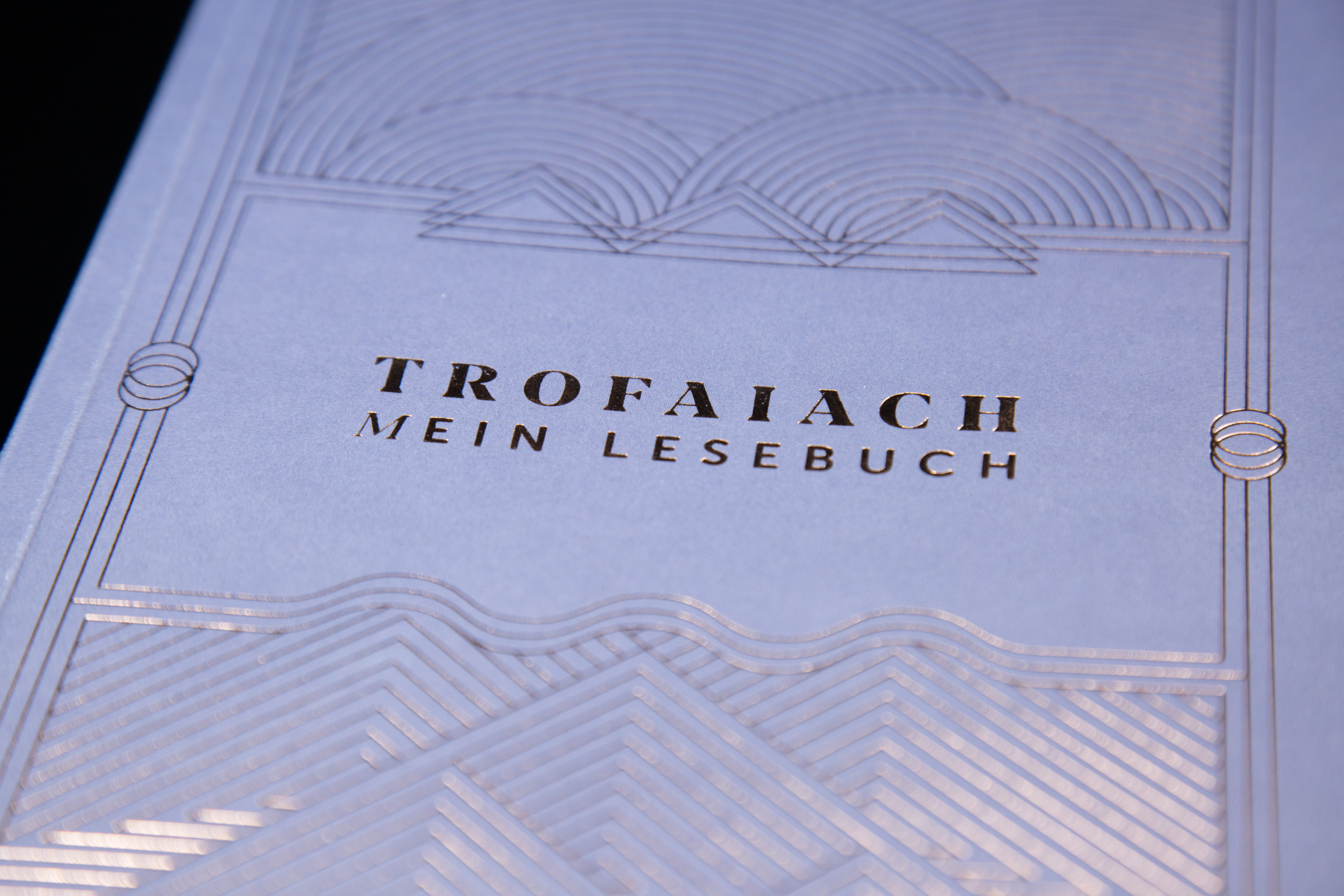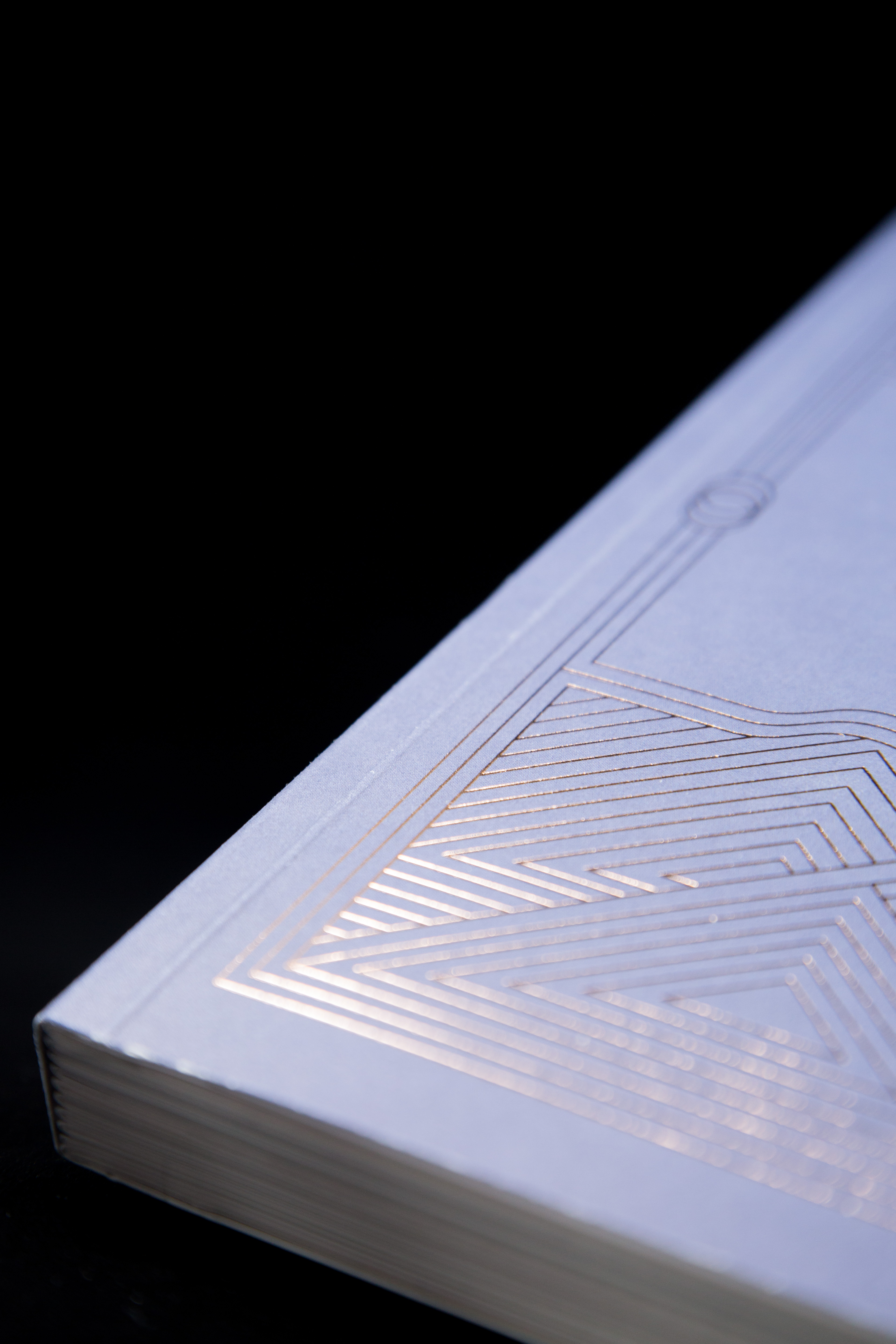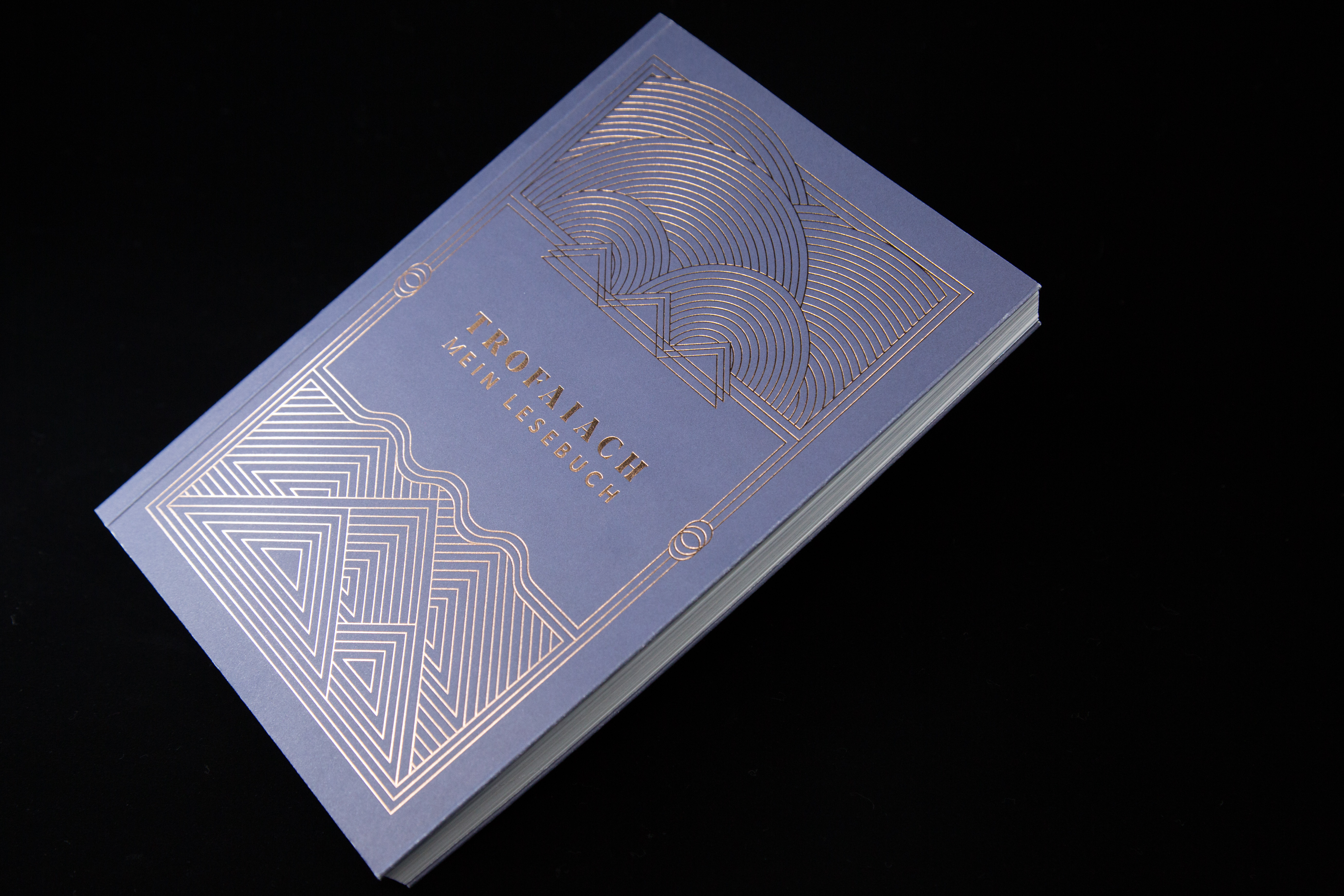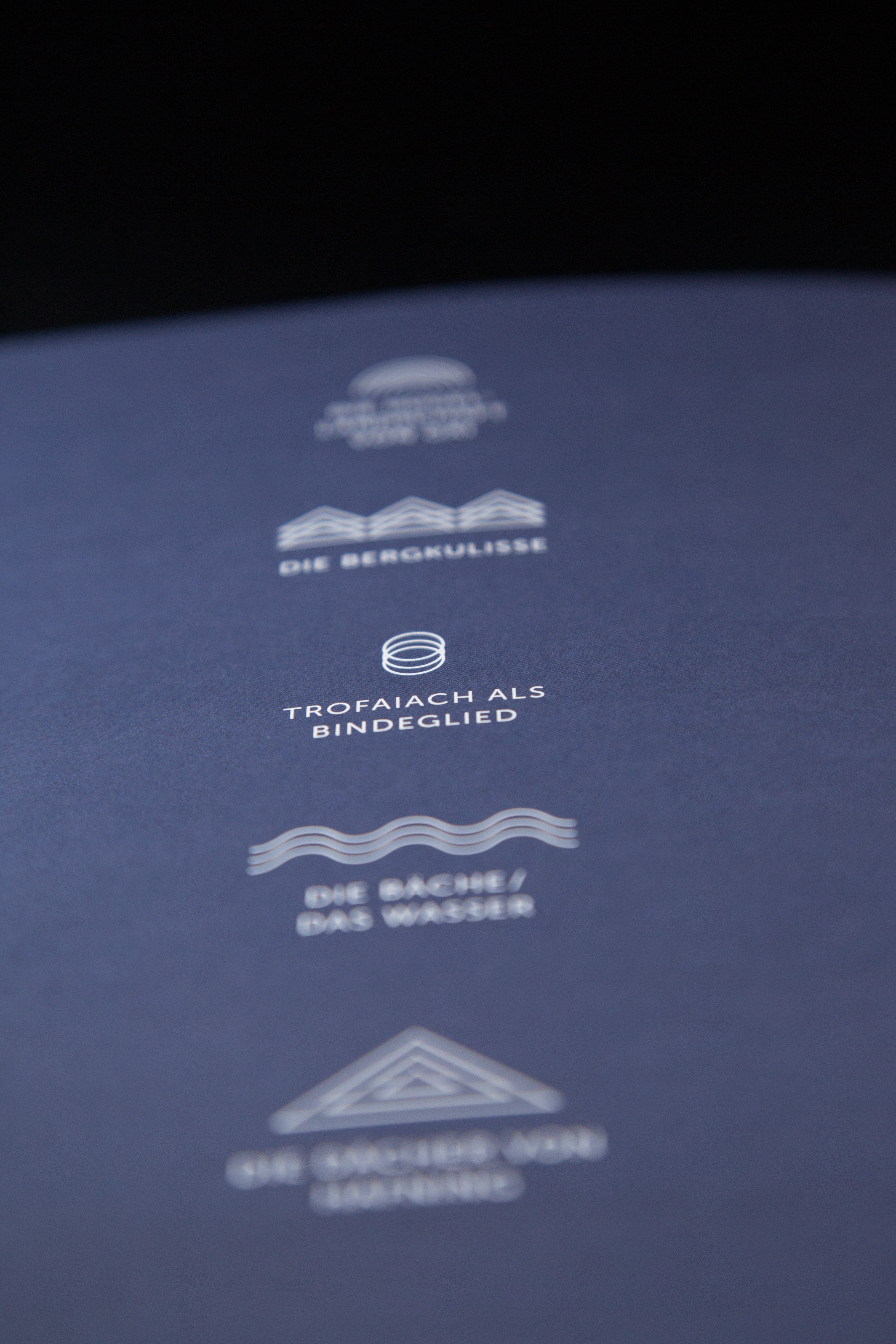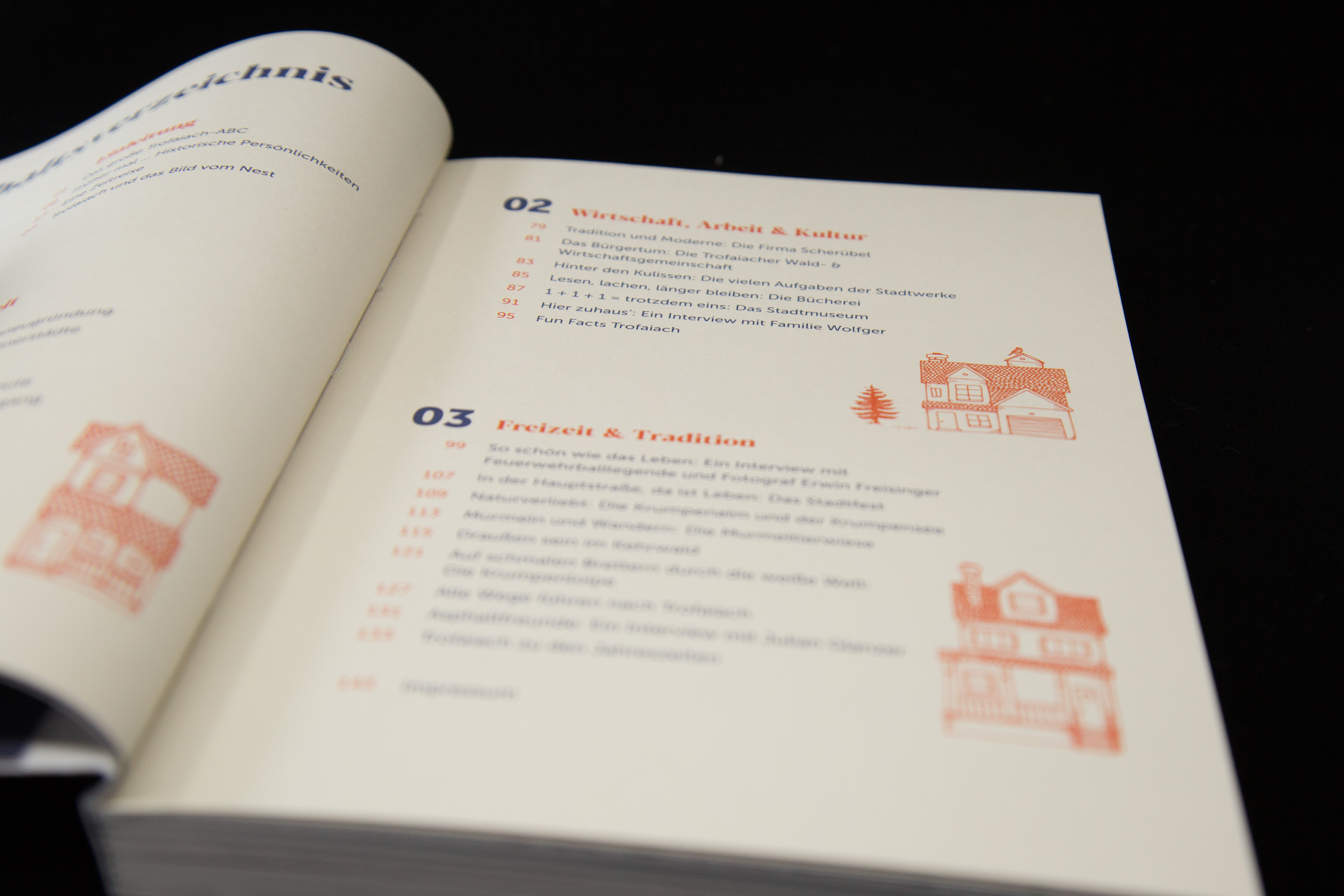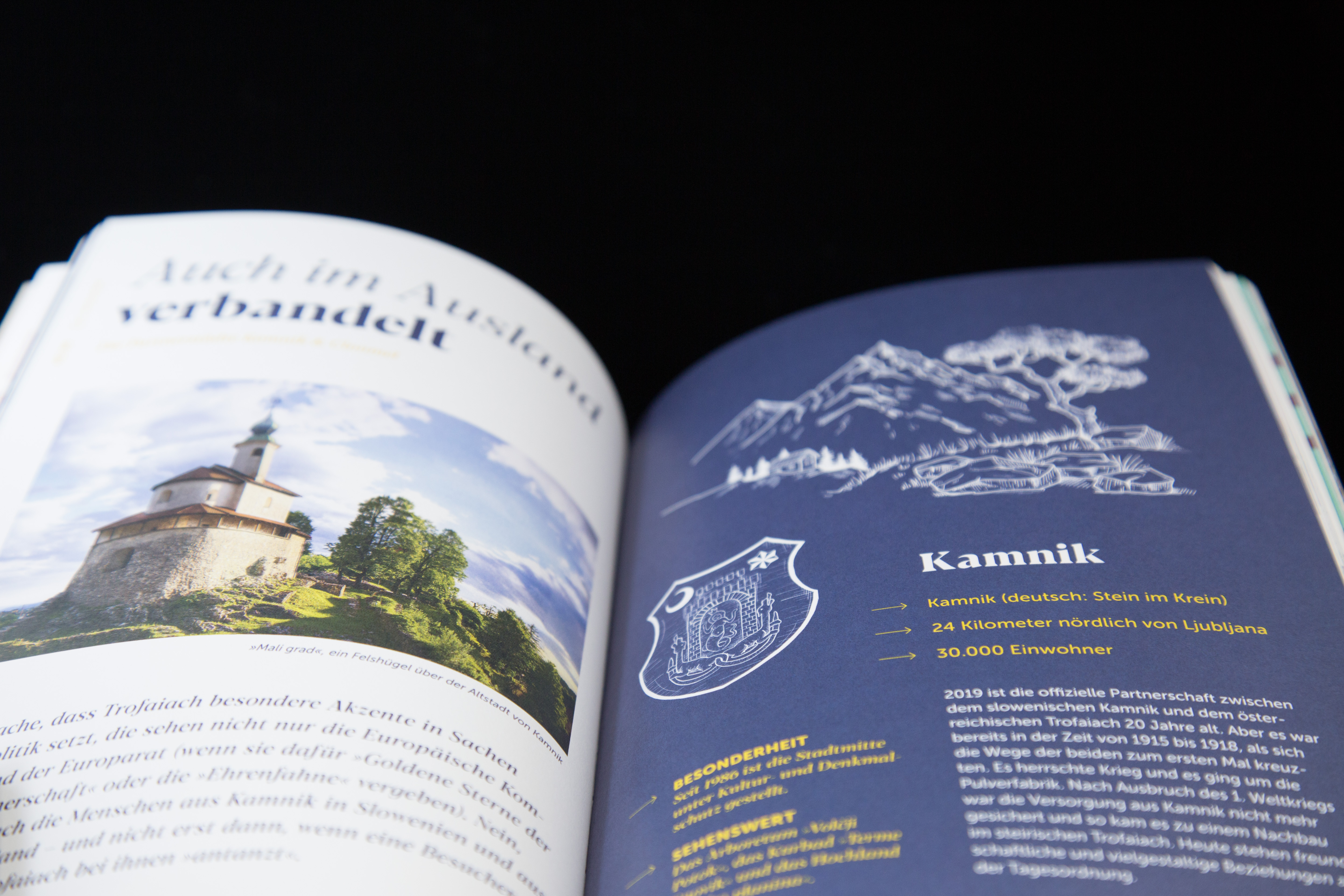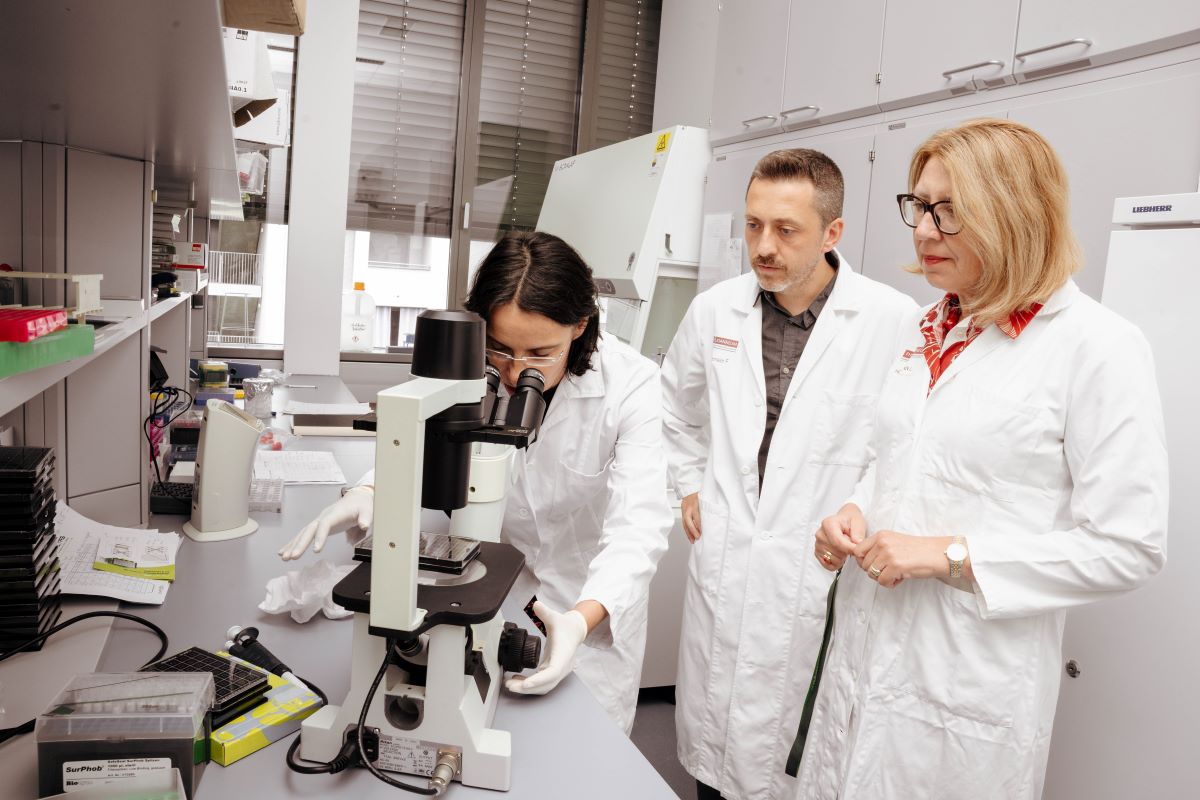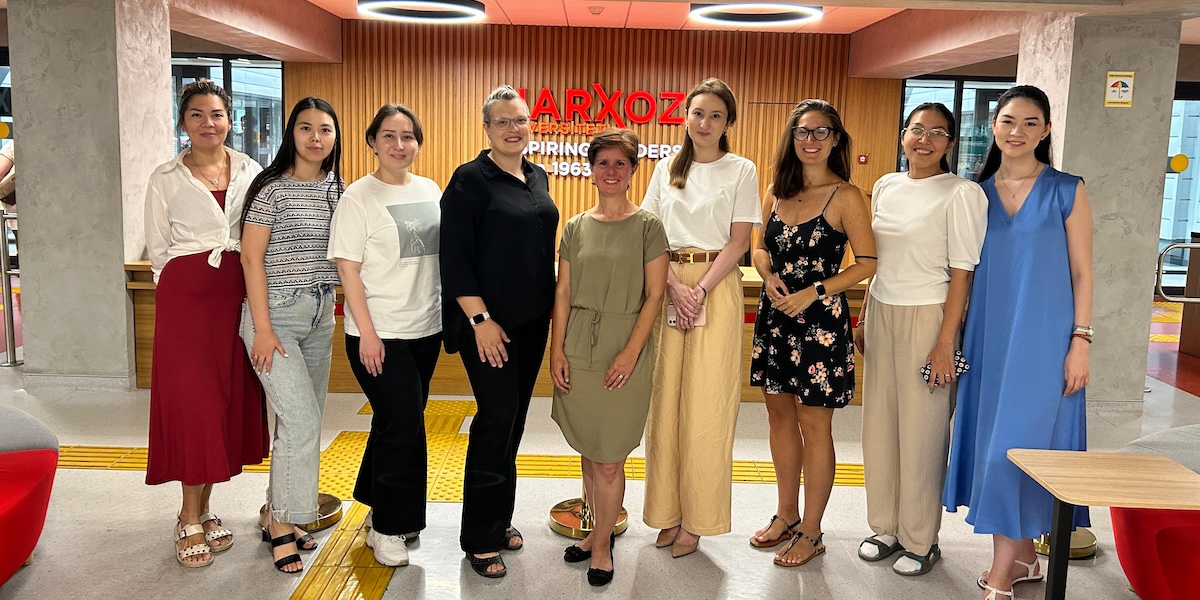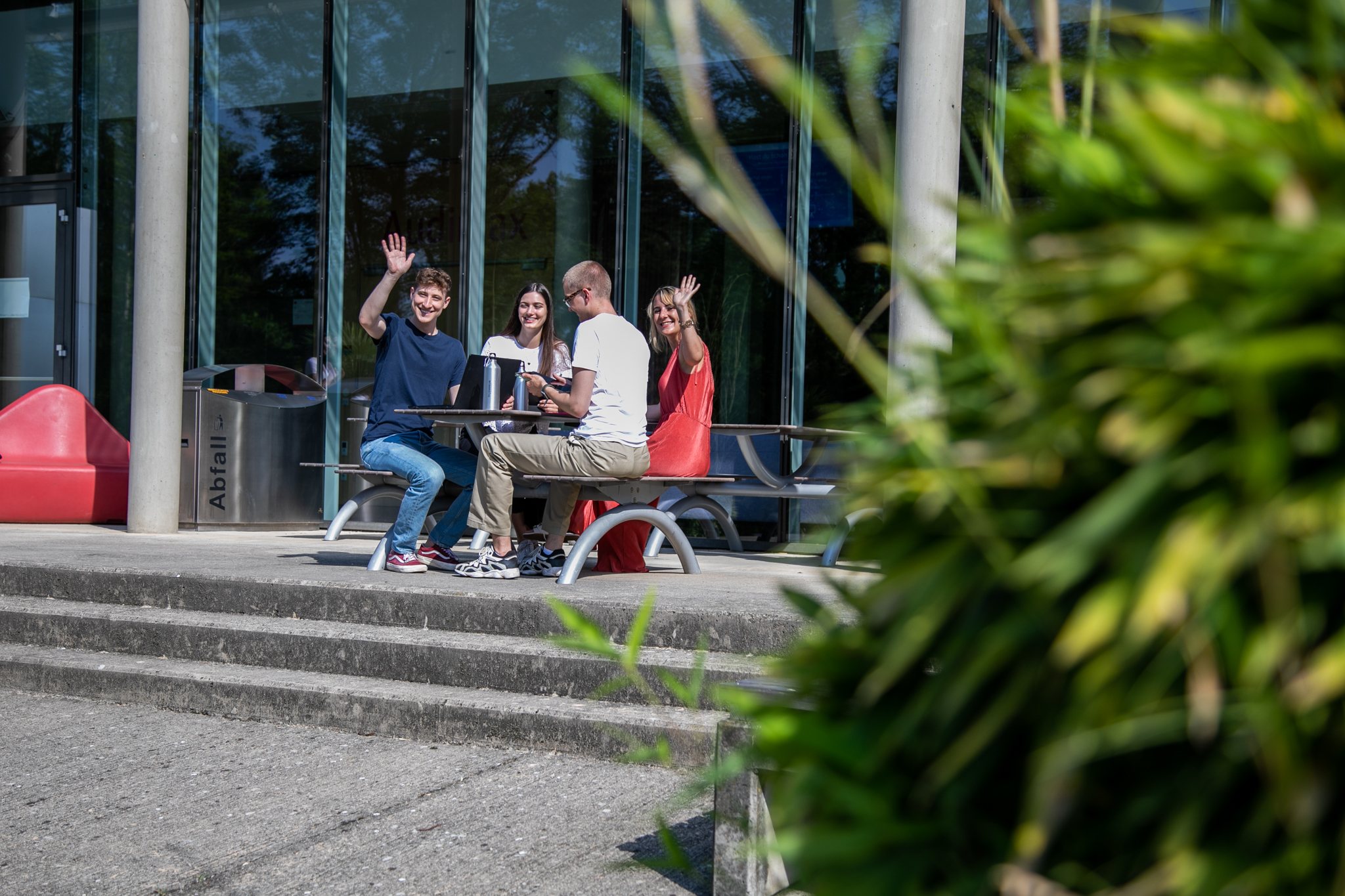The book “Trofaiach: Mein Lesebuch” was created in cooperation between students of the Master’s degree program Communication Design and the city of Trofaiach. Dietmar Mosbacher, senior lecturer at Communication Design, took the time to answer a few questions about the publication, the development process and the role of products like “Trofaiach: My Reading Book” in the presentation of rural areas.
Trofaiach: between rusticity and innovative spirit
FH JOANNEUM, 03. December 2019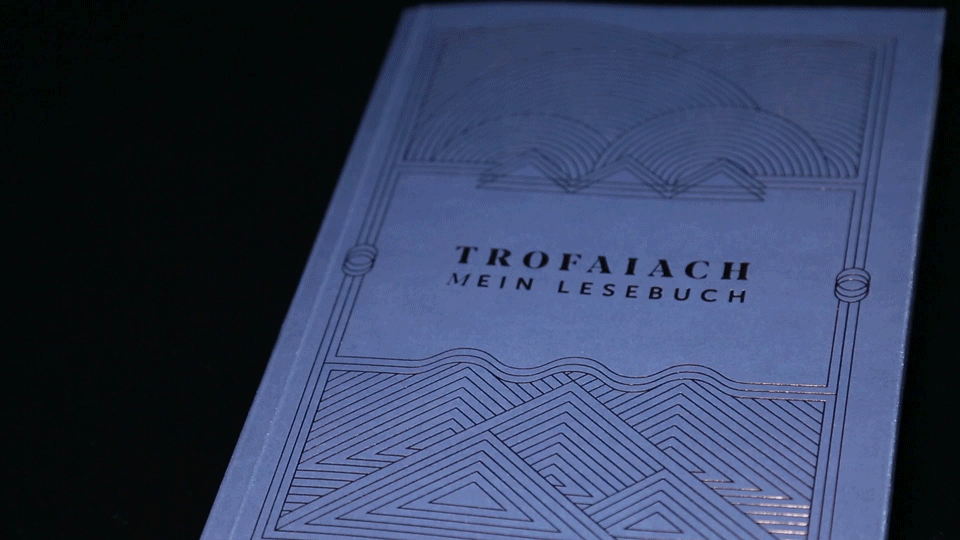
How did the joint project with the city of Trofaiach come about?
The city of Trofaiach approached FH JOANNEUM with this project. The aim of the city was to attract young, creative minds for this project, who, apart from the classic city chronicle, will design a product that captures both the innovative character and the rural spirit of the region. Since Trofaiach is my hometown, I quickly found a good basis for communication.
To what extent were regional decision-makers involved in the design?
At the beginning through employees of the mayor’s office, but later also with direct contact to the mayor himself. From him came the requirement not to design a city chronicle in the traditional sense, but to develop a product that spreads the innovative character that he demands and promotes when it comes to urban development projects.
What is the workflow like in such a project? Is it a question of orienting oneself from the outset to the finished text or are all doors open at first?
At the beginning of the project, the students had almost finished texts by the authors of „Eat Write Live“, Vera Bachernegg and Katharina Maria Zimmermann, and photos by Armin Russold at their disposal as guidelines. This allowed them to concentrate perfectly on designing the layout and creating the illustrations.
Above all, however, it was an entire semester that the students dedicated to this project. From the creation of the layout to the final print, they got to know the extensive processes involved in such a complex print production. The students had to organize all the steps themselves, including obtaining offers from the print shops.
How intensely do you have to deal with the region in order to capture its specific characters in the illustrations and layout?
Before the project, the students themselves had little reference to the city of Trofaiach. However, there was an invitation from the mayor to visit Trofaiach and they had various texts and photos at their disposal. As the texts were already designed to draw a multi-layered picture of the city and its history, the students were able to orient themselves on this in the design process.
In your opinion, are projects like “Trofaiach: Mein Lesebuch” an indication that cities like Trofaiach must increasingly try to reinvent rural areas in their public appearance?
The means by which communities and cities present themselves must also have a lasting effect. Initiatives such as the “Rostfest in Einsenerz” are ways to draw attention to the specific problems and challenges in the region. The question, however, is whether an event that brings people to the region over several days will have a substantial long-term impact.
A publication like “Trofaiach: Mein Lesebuch” (Trofaiach: My Reading Book) can be a mean of conveying to the outside world the image of a lively, changing city. At the same time, it should also give hope to the young people in the region and show that the region is developing and has an interest in offering them many opportunities to realise themselves in the future.
